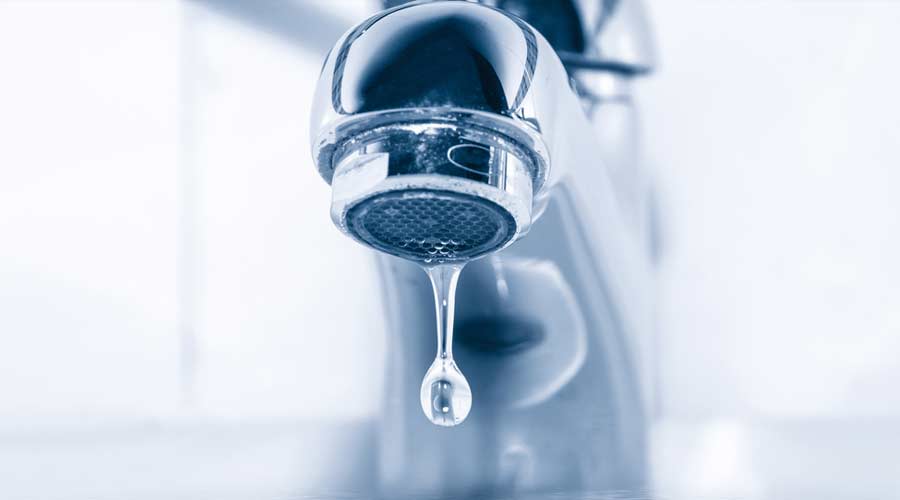Healthcare facilities have come under greater scrutiny and pressure in recent years to operate more sustainably. From environmentally friendly paints to sustainable landscapes, no area of operations is off limits for managers seeking to minimize their impact of their facilities on the environment.
Among the highest-profile systems when it comes to healthcare facilities are water using systems. Managers are considering both broad-based water-saving strategies and component-specific tactics, including targeting leaks in plumbing systems.
In a recent peer exchange, Better Buildings partners from the healthcare sector discussed challenges and solutions related to water efficiency, conservation and safety. They shared opportunities and best practices for improving key areas of operations:
- Water efficiency and conservation. Healthcare partners share common concerns with water conservation, given their large facility footprints and buildings that run 24/7/365. Partners shared success stories, including the U.S. Department of Veterans Affairs Erie Medical Center’s 52 percent water savings achieved by replacing water-cooled condensing units with air-cooled ones, which service the walk-in refrigerators and freezers in the facility’s kitchen areas. The representative from the Erie Medical Center encouraged peers on the call to review equipment that’s not on the traditional list of water savings opportunities: in this case, evaluating water-cooled condensing units in addition to the more traditional water-saving choices, such as low-flow toilets and fixtures.
- Submetering and data collection. Organizations can use submetering and smart metering to gather data at various levels of granularity, from entire buildings to specific equipment. Partners shared barriers and solutions to metering, from sub- and smart metering for real-time data and leak detection to tracking water usage for landscaping to determine savings from conservation measures.
- Water quality and safety. Partners in the healthcare sector closely monitor water safety and legionella growth, a bacterium that causes Legionnaires’ disease and occurs in water branches that are not regularly used. Especially during the pandemic, certain facilities or buildings were less occupied, allowing water to sit stagnant and creating the potential for problematic water conditions. The standard solution for legionella prevention is hyperchlorination followed by flushing of water lines to reduce chlorine levels for safe consumption.

 Building Sustainable Healthcare for an Aging Population
Building Sustainable Healthcare for an Aging Population Froedtert ThedaCare Announces Opening of ThedaCare Medical Center-Oshkosh
Froedtert ThedaCare Announces Opening of ThedaCare Medical Center-Oshkosh Touchmark Acquires The Hacienda at Georgetown Senior Living Facility
Touchmark Acquires The Hacienda at Georgetown Senior Living Facility Contaminants Under Foot: A Closer Look at Patient Room Floors
Contaminants Under Foot: A Closer Look at Patient Room Floors Power Outages Largely Driven by Extreme Weather Events
Power Outages Largely Driven by Extreme Weather Events